What's Wrong With This Picture: Analysis-Retentive Edition
About a half-hour after TTAC’s 15 Years of Compact Car Sales graph went up today, the normally enthusiast-oriented car blog Jalopnik gave the internet its own take on compact-car segment analysis with a post titled The Ford Fiesta Will Dominate The Small Car Segment. Some might question how this is supposed to jive with Jalopnik’s alleged commitment to “awesomeness,” but our concerns are far more prosaic. Examples: the absence of the Fiesta’s actual competitors like the Honda Fit, Nissan Versa and Toyota Yaris, and the absence of interior volume comparisons which would expose this “comparison” for the fraud it is. And that’s just for starters…
Of course, Jalop’s Ben Wojdyla covers his own ass by disclaiming that
We’ve run the numbers on the Ford’s newest entry to the compact car segment — the Fiesta — and put together the following chart comparing it to the top four highest-selling small cars (one size larger than the compact segment) in the U.S. marketplace. We think it explains very well why we think the Fiesta’s going to sell as well as we claim…
…There are certainly many factors not considered here including interior space, styling inside and out, buyer loyalty and all the vagaries which make the small car segment such vicious competition.
Let’s ignore the segment-definition semantics and focus on interior space for a moment, as this is clearly the most important missing link. By comparing the B-Segment (subcompact) Fiesta with C-Segment (compact) “competitors,” Wojdyla is assuming that Americans simply don’t consider size in their vehicular purchases. Though almost anyone could confirm just how misguided this perspective is, let’s use a real world example by comparing Ford’s Fiesta with a real competitor: Toyota’s Yaris sedan with automatic transmission.
According to Toyota, the Yaris weighs 2,346 lbs to the Fiesta’s 2,400 lbs. Its 1.5 liter engine makes 14 horsepower and 9 lb-ft less than the Fiesta’s, and offers only a 4-speed autobox. This drivetrain deficit translates into a Fiesta-identical 29 MPG in the city, but a more C-segment-like 35 MPG on the freeway. In short, the Fiesta’s got a more modern drivetrain… big surprise considering the Yaris has been around since 2005.
Where the comparison gets, well, apt, is the interior volumes and pricing. The Fiesta sedan offers 85 cubic feet of EPA “passenger volume” and 12.8 cubic feet of luggage capacity. By comparison, the Yaris four-door offers over 87 cubic feet of EPA “passenger volume” and 12.9 cubic feet of trunk room. Based on our “build your own” research, a base Yaris sedan with autobox costs just under $800 more than the cheapest available slushbox Fiesta sedan, but comes with more equipment, including such basics as a CD player. We’ll let Michael Karesh fill in the gaps on pricing, but suffice it to say they’re pretty much a wash.
Regardless, what Jalopnik’s “analysis” and prediction of Fiesta dominance assumes is that a slightly smaller Yaris with an updated drivetrain and styling (and a blue oval where the “T” should be) will sell in the kind of volume that will challenge C-segment entries. And this is where things fall apart completely. In its four full years of US sales (2006-2009), the Yaris sold 70,308, 84,799, 102,328, and 63,743 units. In those four years, Toyota’s C-Segment competitor, the Corolla, never sold fewer than 296,874 units (2009). Honda’s Fit also has the same four years of sales data, and despite earning rave reviews it’s never cracked 80k annual sales. Honda’s Civic averaged over 300k units per year over the same four-year period.
Given how flawed Jalopnik’s premise is, and how poorly it was argued, one has to wonder: why print this at all? Was this just filler? Was Wojdyla merely phoning in a half-baked concept? It’s certainly possible… after all, no blogger can be completely on top of his game at all times. But then, economy-car segment analysis isn’t exactly Jalopnik’s idea of filler. And, as the Detroit Free Press (and Bloomberg, and, well, everyone) reports, Ford’s Fiesta marketing machine is swinging into high gear today, as The Blue Oval gears up for its self-proclaimed “biggest launch of the year” by launching its new Fiesta ads.
Now, we don’t want to make any accusations without proof of an explicit quid-pro-quo, but we’ll let you connect the dots. Instead of making passive-aggressive but ultimately unprovable implications of auto-media shenanigans, let’s simply let the circumstances speak for themselves. Jalopnik’s Fiesta “segment analysis” is just too off-base, too out of character, too convenient for Ford’s marketing efforts and too perfectly timed to coincide with said marketing to not raise a few eyebrows. We don’t think TTAC should should have a blogopoly on segment analysis, sales breakdowns, and the like, but these kinds of content only work when they actually create meaning. Jalopnik’s attempt was confusing at best, and cynical prostitution of the facts at worst. In the future, they’d do best to stick with the “awesomeness.”
[Editor’s note: The tortured relationship between automakers and the media outlets that cover them has long been a major topic of interest here at TTAC (check out our “Media” tab for more). Over decades, competition between auto media sources has created a buyer’s market for credibility and given rise to a range of implicit and explicit quid-pro-quo agreements, in which OEMs trade journalist access and advertising dollars for favorable coverage. Jalopnik has officially and emphatically disclaimed any form of quid-pro-quo in this instance, and we must reiterate that we have no evidence of any such agreement.
The original purpose of this post was to “peer-review” the content and context of Jalopnik’s comparison analysis in the spirit of this site’s commitment to the truth. Our conclusion that the comparison was ultimately misleading and poorly timed remains unchanged. As does our respect for Jalopnik as an enthusiast site that should never have to stoop to anything as embarrassingly pedantic as segment analysis. After all, that’s our job.]
More by Edward Niedermeyer
Latest Car Reviews
Read moreLatest Product Reviews
Read moreRecent Comments
- El scotto err not be an EV but to own an EV; too much training this week along the likes of what kind of tree would be if you were a tree? Sorry. Bring back the edit function.
- The Oracle Geesh, Stellantis can’t even perform the upkeep on that relic of a plant. Sad.
- The Oracle I see Tesla introducing disruptive charging technology within 3 years.
- The Oracle I can see into the future and I see fisticuffs and profanity-laced tirades coming to charging locations near ya’ll.
- El scotto Will ascots be discussed at the HOA meetings? Or Purdey shotguns?



















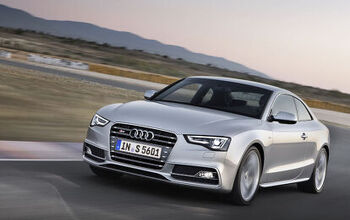
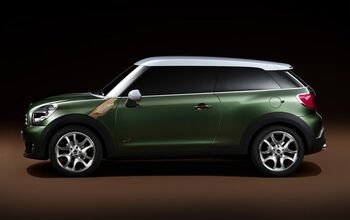
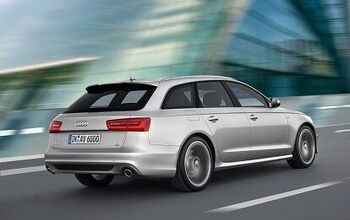
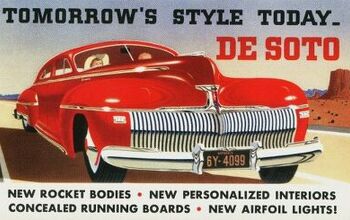
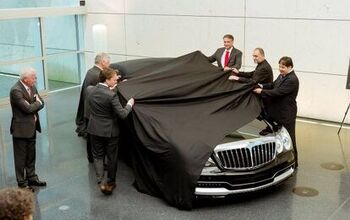










Comments
Join the conversation
A base Fiesta doesn't have a CD player?? O_o Welcome back to 1998...
How can a car "dominate" a segment when the automaker forgot something so basic and elementary as an armrest? Ford needs to take another swing through Car Design 101. If they went the cheap route on something so blatantly obvious...it really makes you wonder what else they "bean counted".